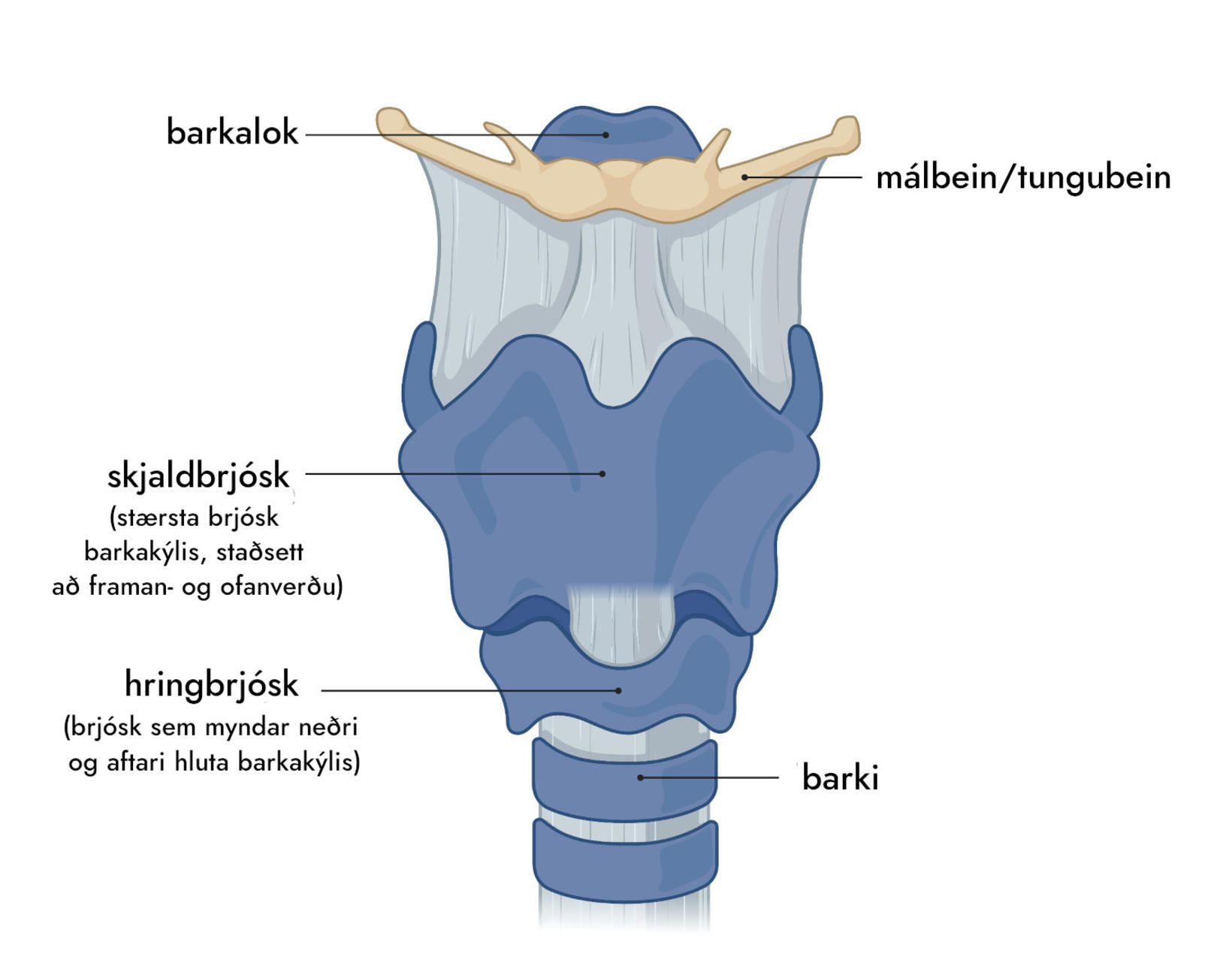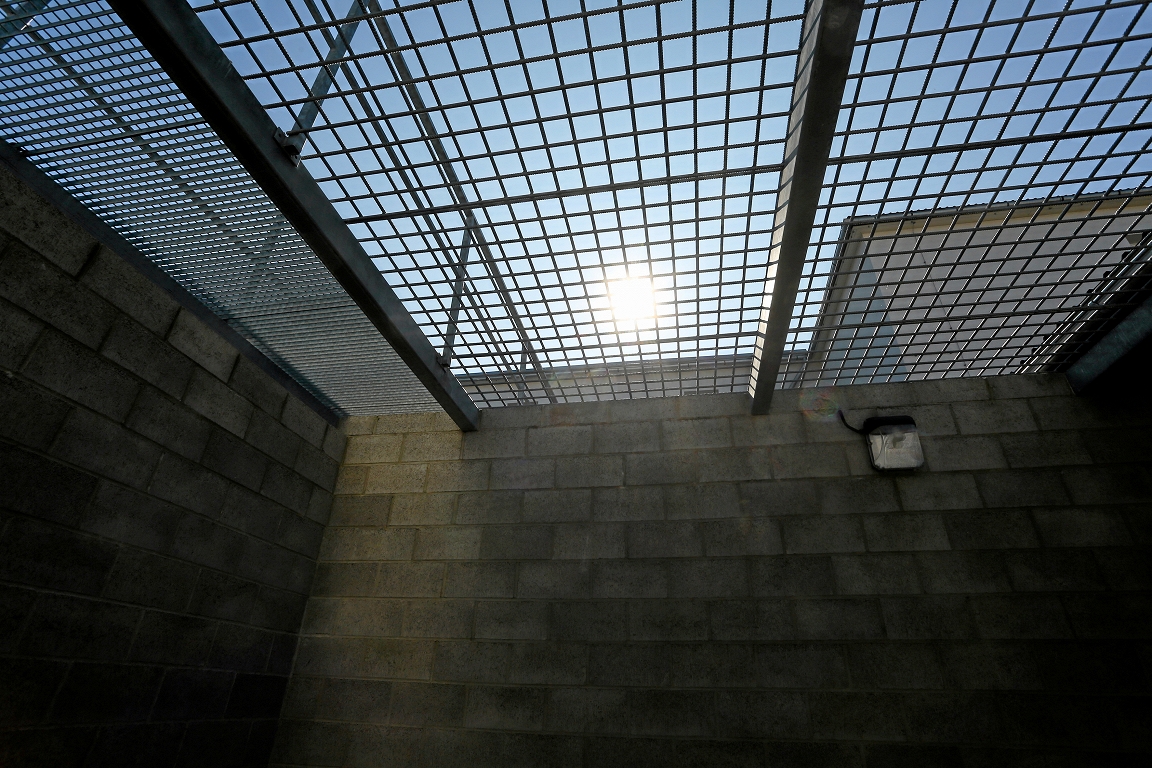« This is simply a tax increase »

The abolition of couples and cohabitants between tax brackets is not a « disguised tax increase » but simply just a tax increase in the auditor’s opinion. Taxes on families can increase by up to 425 thousand ISK per year.
Much has been discussed and written about the Government of Kristrún Frostadóttir’s government to abolish joint taxation after Guðrún Hafsteinsdóttir, chairman of the Independence Party, drew attention to the matter in unprepared inquiries in Parliament last week.
« This is not a disguised tax increase, this is simply a tax increase. A point, » says Eymundur Sveinn Einarsson, accountant at Audit & Consulting in a conversation with mbl.is.
Dadi Már Kristófersson, Minister of Finance and Economy, has argued that it is not possible to say that the abolition of joint taxation is « the public levy. »
Tax increase of up to 425 thousand ISK
Eymundur says that the abolition of joint taxation had different effects in cohabitants. In some cases where cohabitants have equal salaries, abolition has no effect. But at most, this could mean a tax increase of ISK 425,000 for cohabitants a year.
This would be the case if one spouse has about 1,900 thousand ISK or more in salary per month before tax or higher and the other spouse with no salary.
« When there is a big pay gap between cohabiting people, this changes a lot. If income is equal, this does not change anything, » says Eymundur.
Calculator does not give a correct picture of the increases
Gísli Már Gíslason economist made a calculator along with a group of people who calculate how the abolition of joint taxation could affect people. He made this calculator along with several companies and mbl.is asked Eymund to check if the calculator was voted.
Updated at 02.53
Eymundur originally said that the calculator was matched, but in a correction to mbl.is he says that in the calculator a correction against the 4th. 66. Articles on Income Tax Act. It caused the calculator to overestimate the effect of the abolition of joint taxation.
« Which is such that the higher paid cohabitant never uses more than 50% of the other party’s high -income deduction, » says Eymundur, adding that the calculator is based on the income tax base, which is said to be the salary of a minus pension fund.
The calculator therefore does not give a correct picture of how high the tax increase could be.
Abolition of joint taxation ”touches lots of people ”
Kristján Ingi Mikaelsson, Chairman of the Board of Directors of the Electricity Council and co -director of the wisdom of Digital Assets, is one of those behind the calculator and he says that the reason it was made due to lack of answers from the Ministry of Finance on how the abolition of joint taxation would affect the number of taxation.
« There was no data and you didn’t know how to get into it. It was spoken so that the public would not encounter it but as soon as we started calculating this, it turned out that this was a lot of people, » says Kristján in a conversation with mbl.is.
Some examples of different effects on cohabitants
Eymund asked Eymund to calculate various examples to see if and how the abolition of joint taxation could affect cohabitants and couples.
« This is about the fact that one party has reached the high -income tax bracket, or over ISK 1,325,000 a month. When that comes, the higher -paid party uses 50% of the » middle level « of the other party, » says Eymundur.
This utilization can be the highest at 425 thousand a year. If both parties are below the high income threshold, the utilization of the taxation of the high -income level has no effect, according to Eymund.
- In cohabitants, one spouse could have ISK 1.8 million a month in salary before tax and the other salary. In that case, the tax collection would increase by ISK 27,462 per month, or by ISK 329,550 per year.
Sam taxation pillars that nurture families
The tax levels are three. The lowest level is calculated by wages lower than 470 thousand and is 31.5%. The center level is of wages from 470 thousand up to 1,325 thousand and is 38%. Of wages above 1,325 thousand and above the 46.3% tax.
« The taxation works so that if we assume that one party has a 600,000 krónur base for calculation of income tax and local tax per month and the other 1,800 thousand, then the » higher « party uses 50% of the unused tax level from the other party from 600 thousand up to 1,325 thousand. Or of 362 thousand a month and it does 8.3%, which is about 30 thousand ISK per month and less. This is very common, ”says Eymundur.
Eymundur finally says that this is not necessarily a tax example in his mind, but is a joint taxation of one of the pillars in the community that nurture families in the country.
The Minister of Finance does not say this tax increase
Dadi Már Kristófersson, Minister of Finance and Economy, and Guðrún Hafsteinsdóttir took on the joint taxation of the parliament yesterday and last week on the matter. Yesterday, Dadi said the change only affected the top of the income distribution.
It was not possible to talk about the public levy.
« It can hardly be argued that this is a public levy and I would then like to recall with a high -ranking MP that there is both a financial policy and a financial plan that shows that the state’s proportion of GDP is a continuous period of time, » he said.
Adjusted at 02.53
Eymundur says in a correction to mbl.is that in quick skills he made a mistake in calculating the impact of the abolition of joint taxation. This was because no consideration was given to 4th. 66. Articles on Income Tax Act. He says the same applies to the calculator.
« If the income tax base of another taxable party is higher than ISK 11,125,045, what is tax shall be taxed (23.05%) of the tax rate up to half of the amount to which the income tax base is less than ISK 11,125,045, however (23.05%) says in the law.
Roughly estimated, this will affect those in the high -income level and that utilization is about the fact that the higher -paid party can use 50% of the unused high -income level of the other party.
« Although this is not as high as I initially thought, this is nevertheless a significant » middle class « in the country, » says Eymundur.








